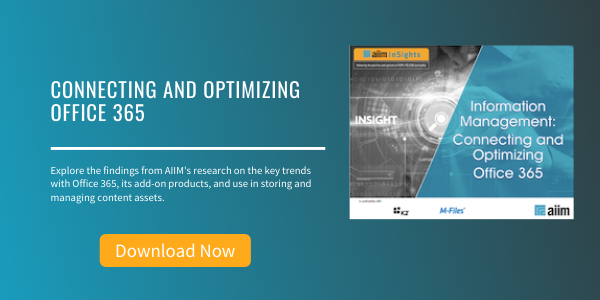
8 Features in SharePoint 2010 That Rock
1. Business Connectivity Services.
The Business Connectivity Services (BCS) used to be called the Business Data Catalog (BDC). It provides access to your external data sources such as databases, external business systems, and web services. Using BCS, External Content Types can be created that allow read/write access back to the external data sources. External lists, which operate much like normal lists, can be created in SharePoint from these External Content Types so you can have access to these external systems right inside of SharePoint.
Client applications such as Office or third party applications can also connect to the external data source using the ECT without writing any proprietary code. There is also an offline caching mechanism to enable offline access to External Content Types.
2. List Validations.
List validations are a very powerful way to validate not just documents but any content before it goes into a list. This feature improves column property entry, which in the Document Imaging is called indexing or in the collaboration world, often called tagging. List Validations were very limited in SharePoint 2007, but have major improvements in SharePoint 2010 that can be leveraged:
- Hidden Columns – This setting is unique per content type, not just by the site column, which makes is very granular.
- No Duplicate Values – This will enable lists to act like databases, forcing items to be unique.
- Column Validations – Column validations will force column data to meet conditions before the content is added to SharePoint.
3. Enterprise Managed Metadata.
The Enterprise Managed Metadata Service in SharePoint allows you to centrally define taxonomies that can be leveraged across farms to classify and find content quickly. There are two main features of the service, the first being the ability to publish content types to other site collections and farms and the other being the taxonomy term store.
The Taxonomy Term Store allows two new columns to be used in lists. The first being terms allow a static list to be created and used to validate during data entry. The second is managed keywords, which allows freeform entry of multiple values using existing keywords as suggestions.
4. Search.
You have to be able to find the content you're storing in SharePoint. Search has certainly evolved since SharePoint Portal Server 2003 as the scalability of the architecture has improved. You can have multiple index servers, and index partitions can represent a portion of the index and live on the query server. Partitions can be spread across multiple query servers but can also exist on multiple query servers for redundancy and load balancing. SharePoint 2010 can scale to 100 million documents, and FAST search will take us beyond 100 million!
5. Remote Blob Storage.
External BLOB Storage (EBS) has evolved into Remote Blob Storage (RBS) and helps provide a more scalable architecture. RBS allows BLOBS (documents) to be stored in external systems in order to keep the database size smaller and more manageable. Transactional consistency allows for update capabilities and allows Write Once Read Many (WORM) mode devices to deny a delete or modify operation. RBS is completely transparent to the SharePoint API, so existing custom and third party code will continue to function as expected.
6. Audit Trail.
Audit trails are not just for workflow anymore as they were in SharePoint 2007. The audit trail functionality applies to most events pertaining to documents, and it is extensible. The audit trail can be used to track all scanning events, so documents will have a consistent audit trail from the moment of capture until they are archived.
7. Document IDs.
Document IDs are a new capability that assigns a unique identification number to a document. It is embedded with a special URL and can be used to retrieve a document regardless of where it is moved within a site collection. This is very useful because, in many third party scenarios, it was very difficult to create links to documents as there was no permanent ID attached to content in SharePoint unless you added the data yourself or used searching scenarios.
8. Document Sets.
A Document Set enables grouping of documents belonging to a workflow, project, or other similar group together into a single working set. Document sets allow these documents to have one consistent set of meta data, can be downloaded as a single ZIP file, and can be work flowed as one unit.
About John Mancini
John Mancini is the President of Content Results, LLC and the Past President of AIIM. He is a well-known author, speaker, and advisor on information management, digital transformation and intelligent automation. John is a frequent keynote speaker and author of more than 30 eBooks on a variety of topics. He can be found on Twitter, LinkedIn and Facebook as jmancini77. Recent keynote topics include: The Stairway to Digital Transformation Navigating Disruptive Waters — 4 Things You Need to Know to Build Your Digital Transformation Strategy Getting Ahead of the Digital Transformation Curve Viewing Information Management Through a New Lens Digital Disruption: 6 Strategies to Avoid Being “Blockbustered” Specialties: Keynote speaker and writer on AI, RPA, intelligent Information Management, Intelligent Automation and Digital Transformation. Consensus-building with Boards to create strategic focus, action, and accountability. Extensive public speaking and public relations work Conversant and experienced in major technology issues and trends. Expert on inbound and content marketing, particularly in an association environment and on the Hubspot platform. John is a Phi Beta Kappa graduate of the College of William and Mary, and holds an M.A. in Public Policy from the Woodrow Wilson School at Princeton University.



